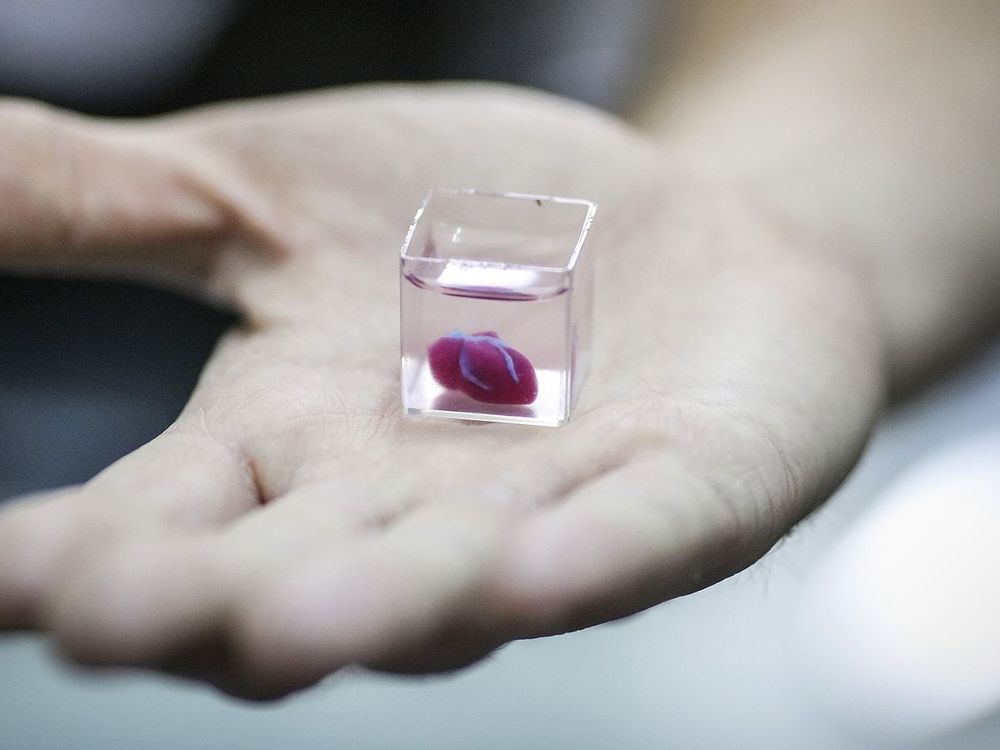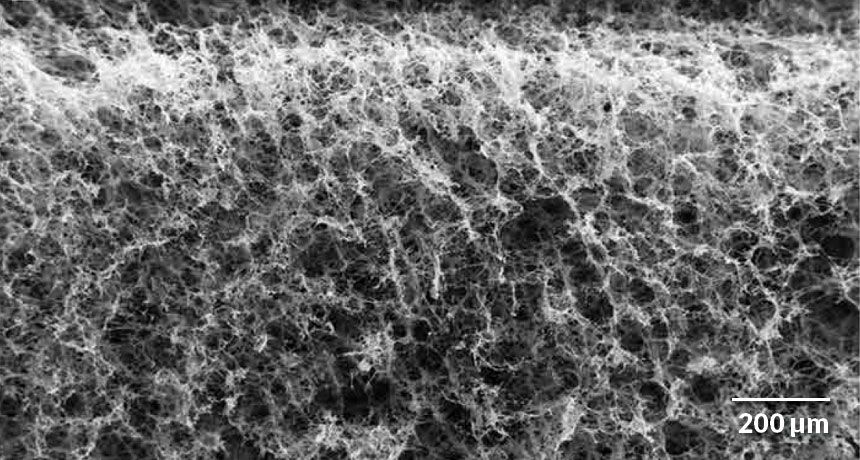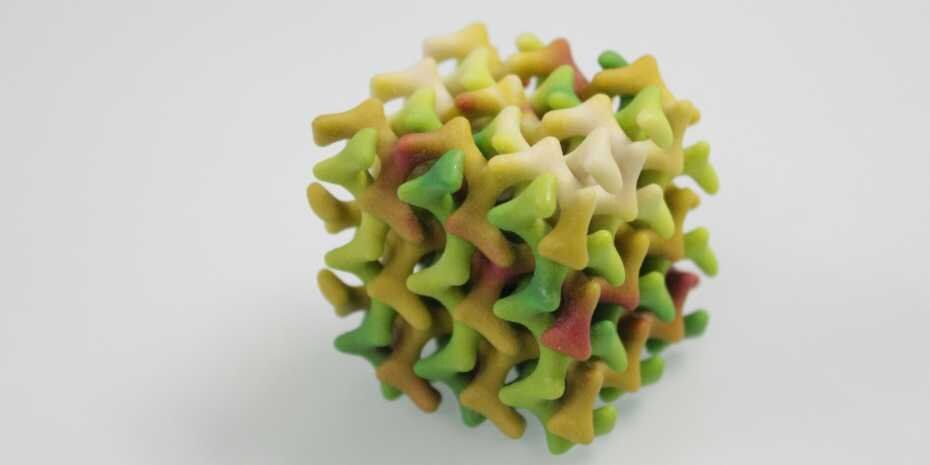Apr 16, 2019
Best in snow: New scientific device creates electricity from snowfall
Posted by Quinn Sena in categories: energy, materials
UCLA researchers and colleagues have designed a new device that creates electricity from falling snow. The first of its kind, this device is inexpensive, small, thin and flexible like a sheet of plastic.
“The device can work in remote areas because it provides its own power and does not need batteries,” said senior author Richard Kaner, who holds UCLA’s Dr. Myung Ki Hong Endowed Chair in Materials Innovation. “It’s a very clever device—a weather station that can tell you how much snow is falling, the direction the snow is falling, and the direction and speed of the wind.”
The researchers call it a snow-based triboelectric nanogenerator, or snow TENG. A triboelectric nanogenerator, which generates charge through static electricity, produces energy from the exchange of electrons.
Continue reading “Best in snow: New scientific device creates electricity from snowfall” »

















